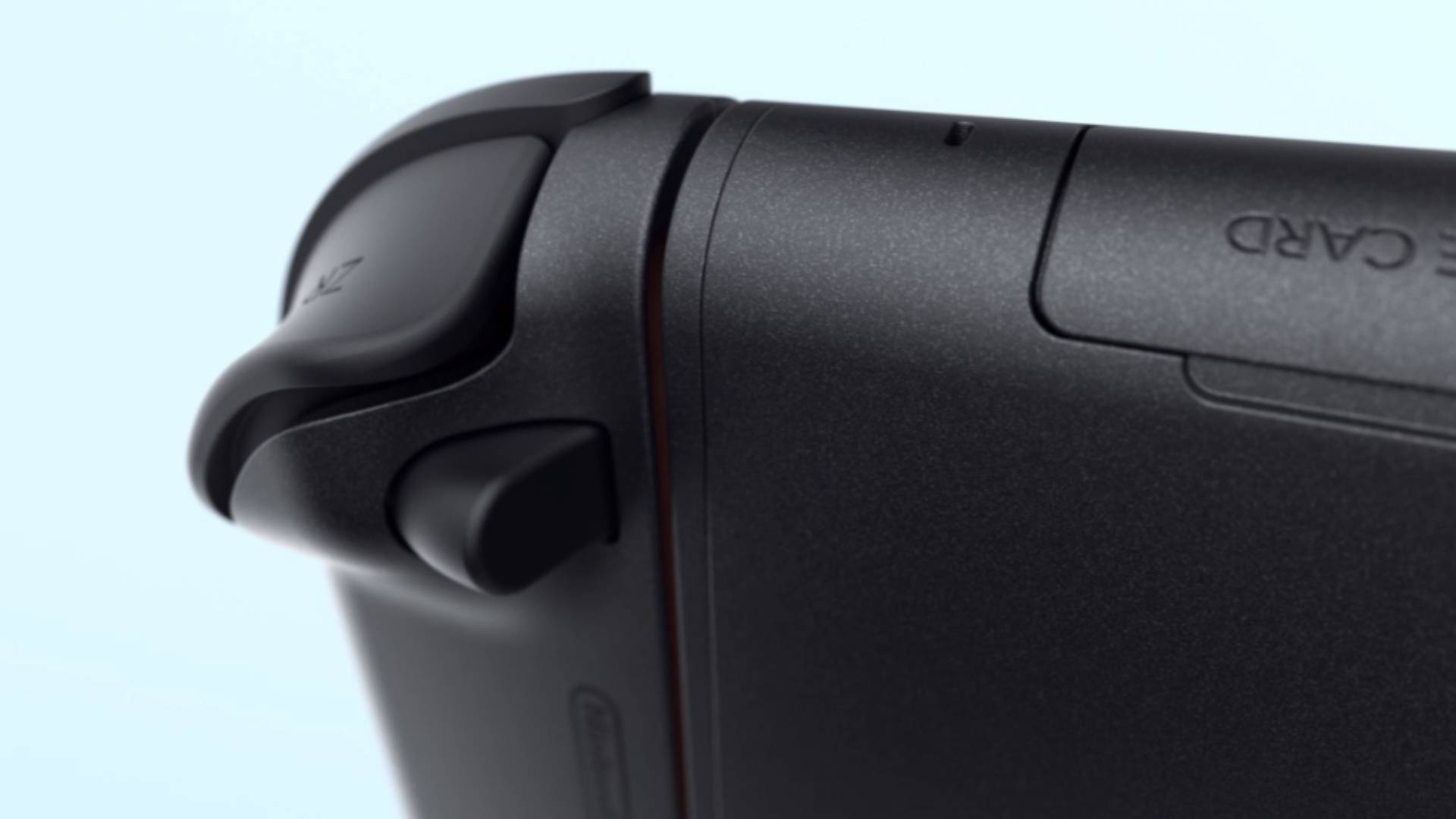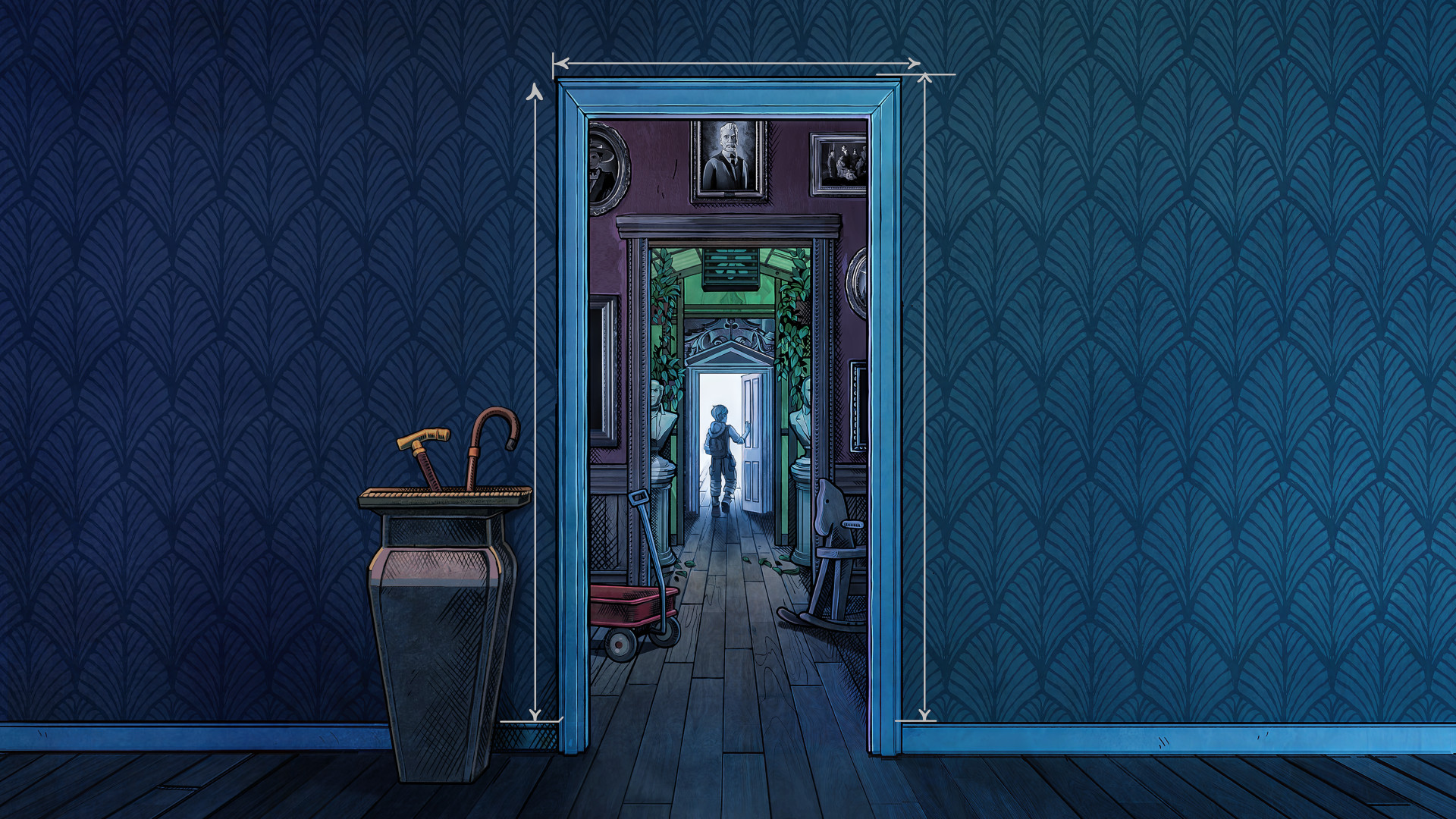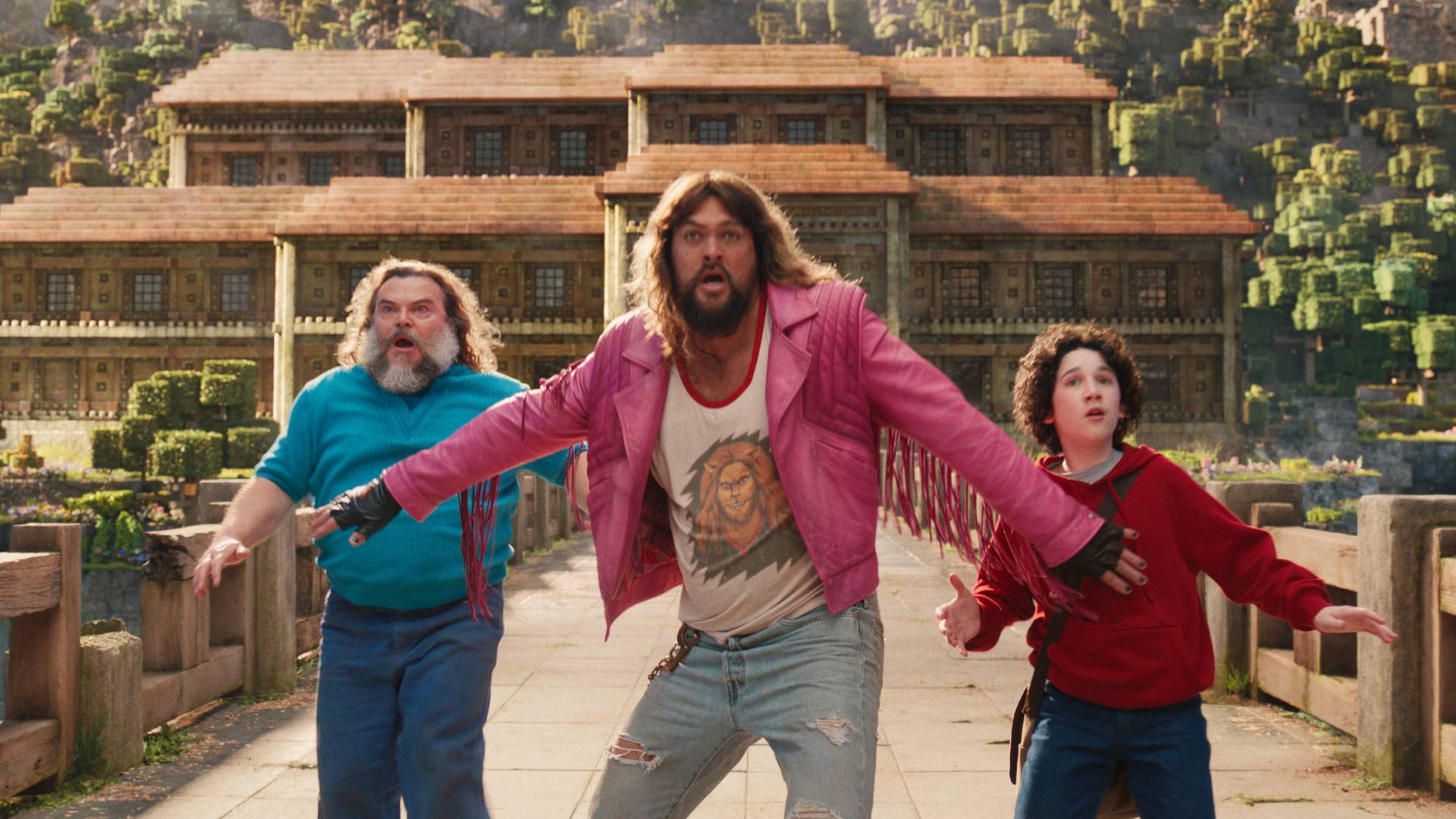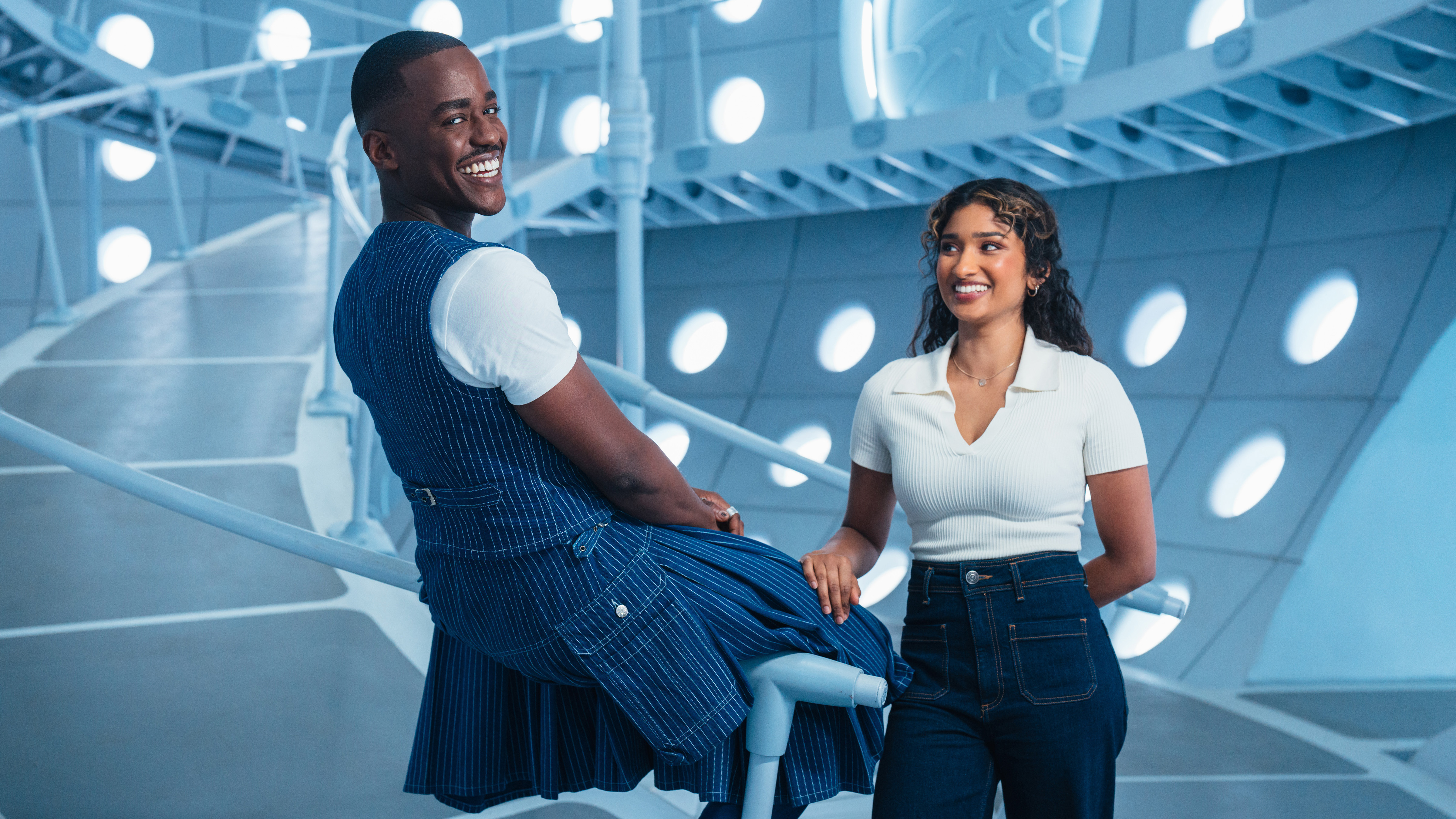From what we've seen so far, the Nintendo Switch 2's closest relative could be the Game Boy Advance
Opinion: Nintendo's next handheld shares a few similarities to one of its predecessors, giving some clue as to how the new console will be positioned
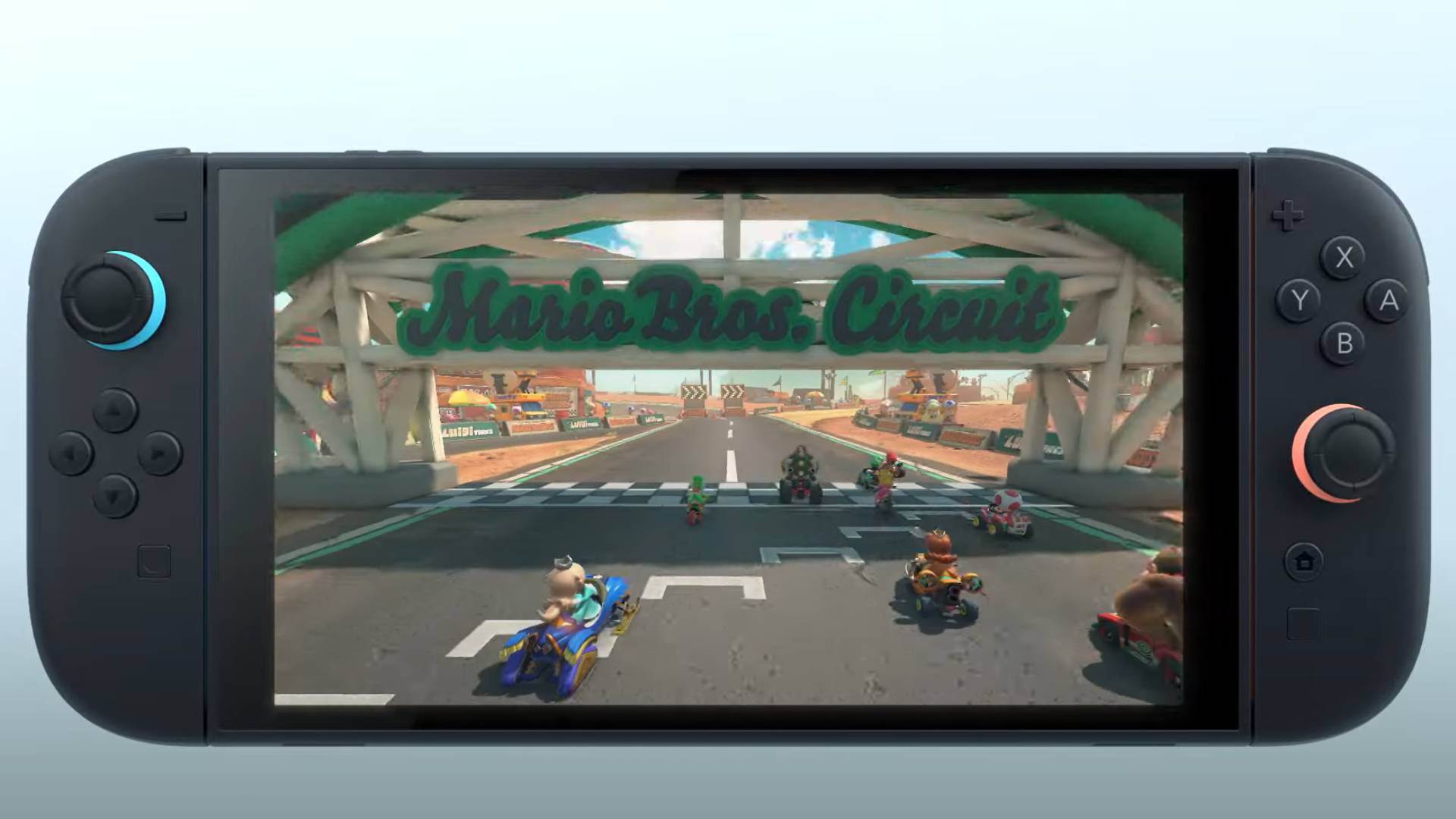
Released into a crossfire of rumors and outright leaks, the Nintendo Switch 2's announcement trailer revealed the console while simultaneously revealing almost nothing about it. Its reception by critics has been one of still more speculation: What's new? What's improved? Are Nintendo's days of off-the-wall console releases in the past?
Nintendo's latest announcement feels different because, by its own standards, it is. Clinical hardware dissections are more reminiscent of Apple than the company that habitually thanks viewers for watching its trailers, and vanishingly few mainline Nintendo console trailers fail to include human beings. That puts the Switch 2 in rare air, marketing-wise, shared mostly by iterative handheld releases like the Game Boy Advance.
Throwback
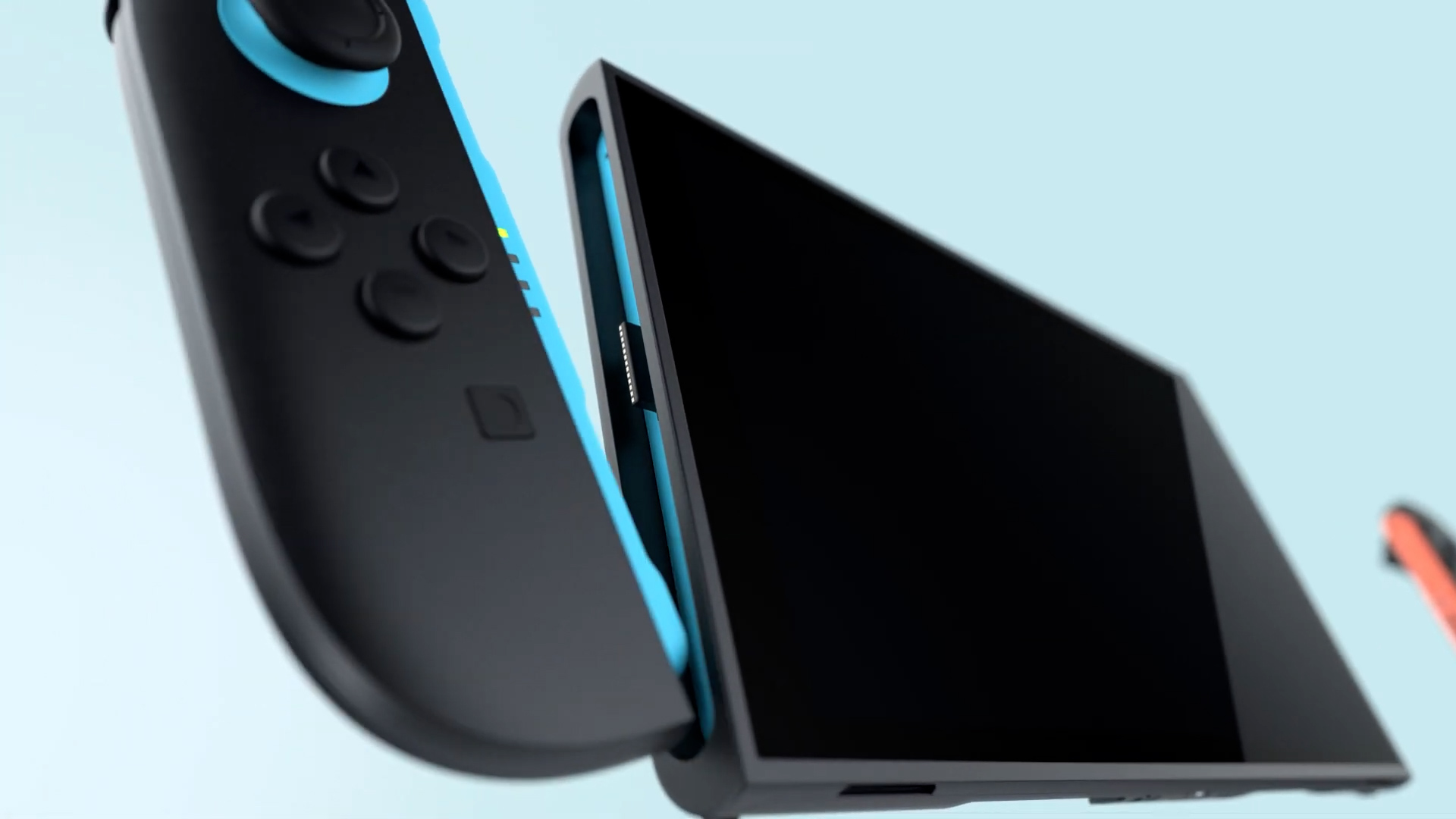
What defines a typical Nintendo console trailer is an obsession with answering two questions: how to use it, and who it's for. The former makes a ton of sense for Nintendo, a company known for taking big swings with its hardware. The Wii U's launch trailer imagines a huge range of, shall we say, creative use cases for the console's central gimmick, some of which I wouldn't have believed if they weren't coming directly from the horse's mouth. (You want me to set my $100 tablet controller on the ground and tee a golf ball off of it?) By contrast, Microsoft's recent "This is an Xbox" campaign practically begs users to approach its platform in any way but the most conventional.
As for the "Who is it for?" question, families, radical teenagers, older folks, and esports professionals have all been answers at one time or another. Even in more theatrical launches like the Virtual Boy, you could intuit that the person being hunted by an evil robot console represents the adventurous consumer, someone willing to try out a new and strange way to play games. Where the console wars forced manufacturers into an exhausting race to claim the most teraflops, Nintendo frequently finds itself in a position to target new audiences.
But a total hardware focus isn't completely unprecedented for Nintendo, as seen with the release of the Game Boy Advance. One of its launch trailers, archived by NeoKoopa, looks like the result of feeding the Switch 2 announcement through a 2001 hacker movie filter. The system zips around before a field of rapidly increasing numbers and a thumping techno beat. Specs loudly whoosh across the screen – 32-bit processor, 32,000 colors, L and R buttons, octopean link cables – all direct hardware improvements over the Game Boy Color. It's even shown playing a new Mario Kart.
That might tell us everything there is to know about how the Switch 2 is to be positioned. Both the original Game Boy and the original Switch (which themselves had similar launches) sold consumers on the idea of handheld gaming, though in completely different contexts. The Game Boy Advance simply incorporated hardware improvements into a device that everyone had already been persuaded by.
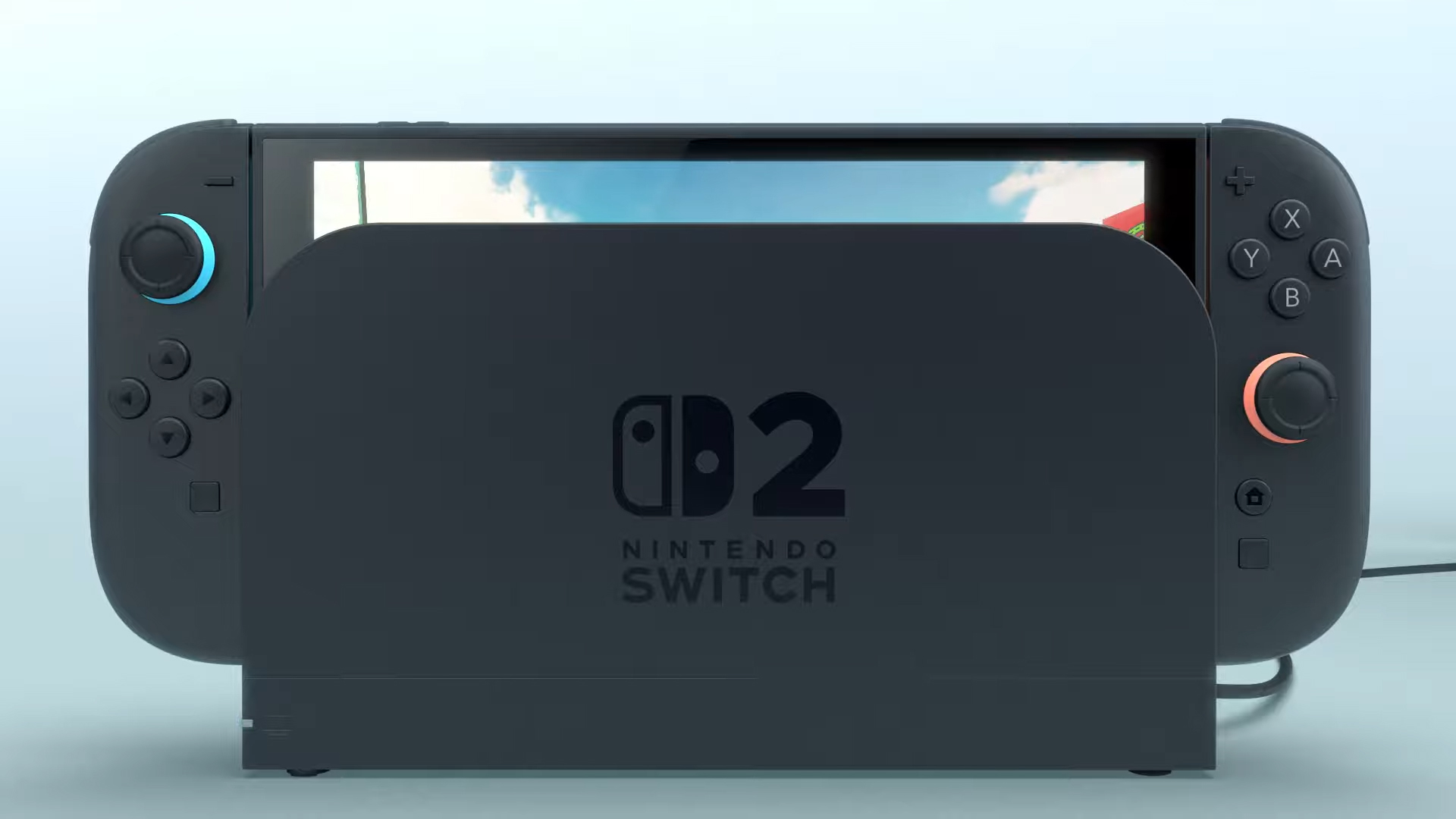
Whatever your read on the Switch 2 announcement, it clearly isn't aimed at expanding the population of people playing video games
As a business strategy, that might be all the Switch 2 needs to do. The Game Boy Advance didn't approach the commercial heights of the Game Boy and Game Boy Color, but it maintains a comfortable place as the tenth best-selling system of all time, beating out every current gen console besides the Switch itself.
Sign up to the GamesRadar+ Newsletter
Weekly digests, tales from the communities you love, and more
Besides a few form factor improvements like the Game Boy Advance SP and New Nintendo 3DS XL, the only other Nintendo launch trailer without any people in it is the original DS. This makes it an interesting point of comparison to the Switch 2, although since Nintendo was preoccupied with differentiating the DS from its GameCube and GameBoy lines, it was exceptional in a whole bunch of ways.
Early DS marketing placed the touchscreen at the forefront with its bizarre "touching is good" campaign. Its goal (like the iPhone, which made touchscreens ubiquitous three years later) was to make gaming more intuitive. This, along with featured titles like Nintendogs and Brain Age, drew new people into the world of gaming as a whole. Years later, Nintendo's strategy of "Gaming Population Expansion" contributed to the success of the Wii, as well.
Whatever your read on the Switch 2 announcement, it clearly isn't aimed at expanding the population of people playing video games. Its sleek black design and rumored Joy-Con mice may even have the reverse goal of courting core gaming audiences.
Switch hardware has had plenty of time to decay, so its intended audience seems to be those already bought in on the Switch and looking to upgrade. After all, the trailer does literally show a Switch turning into a Switch 2. Any surprise features announced in the coming months seem unlikely to be as central as the DS's touch screen or Wii's motion controls. Like the Game Boy Advance, Nintendo's messaging is clear: if you liked the previous generation, you'll have the chance to relive it in higher fidelity.
Our Nintendo Switch 2 spotlight has everything you need to know about the upcoming console, but we're really just glad it's coming with a headphone jack
Dayten Rose is a freelance culture and games writer based in Kansas City, Missouri with a background in linguistics and local journalism.
